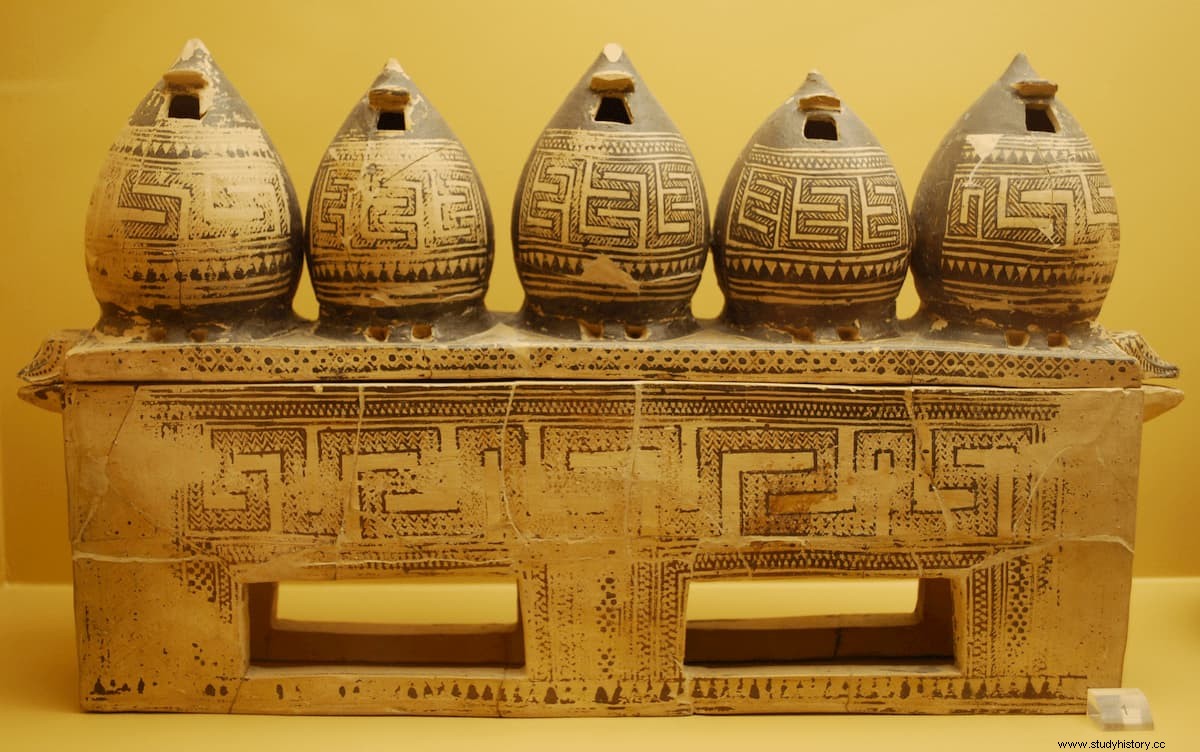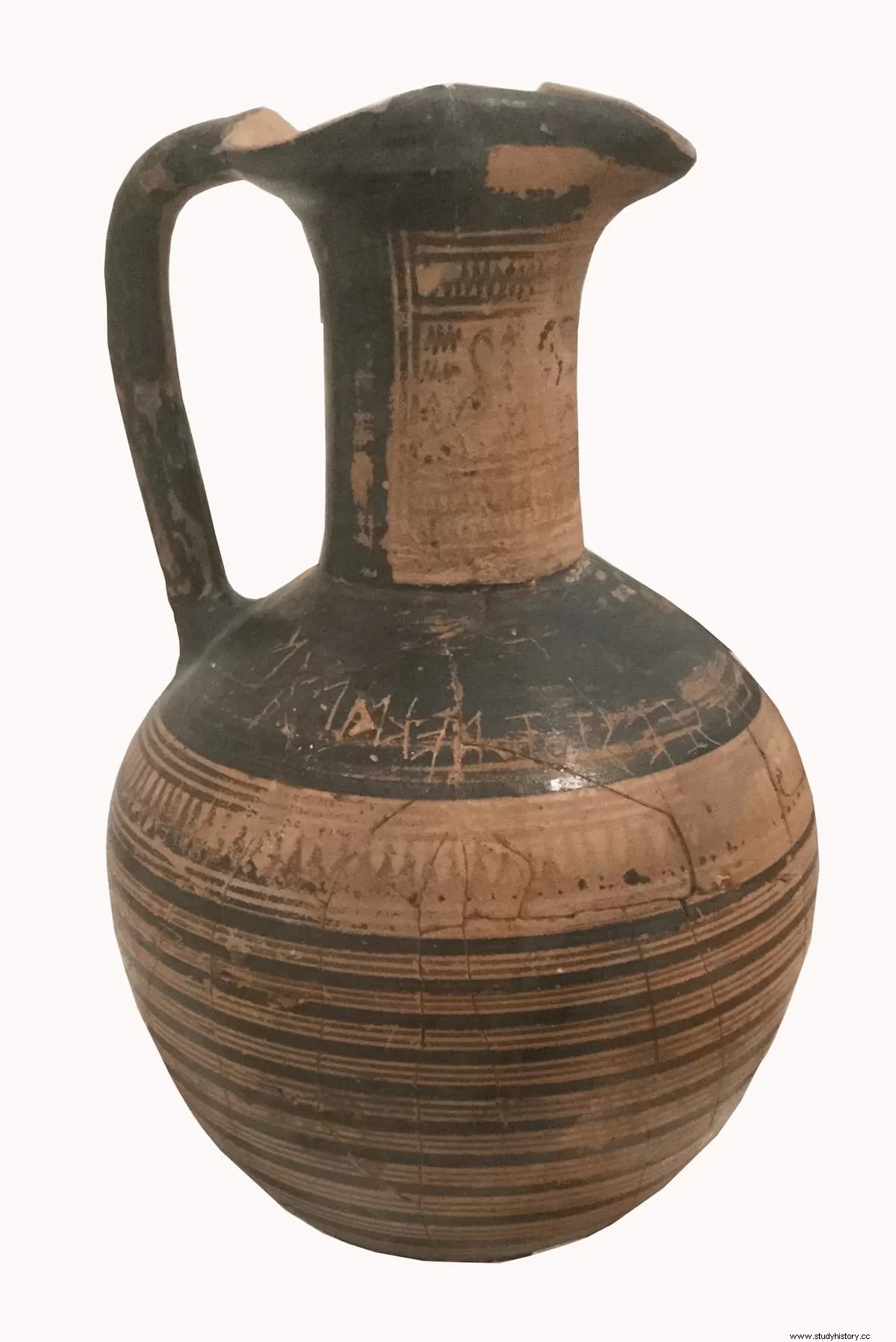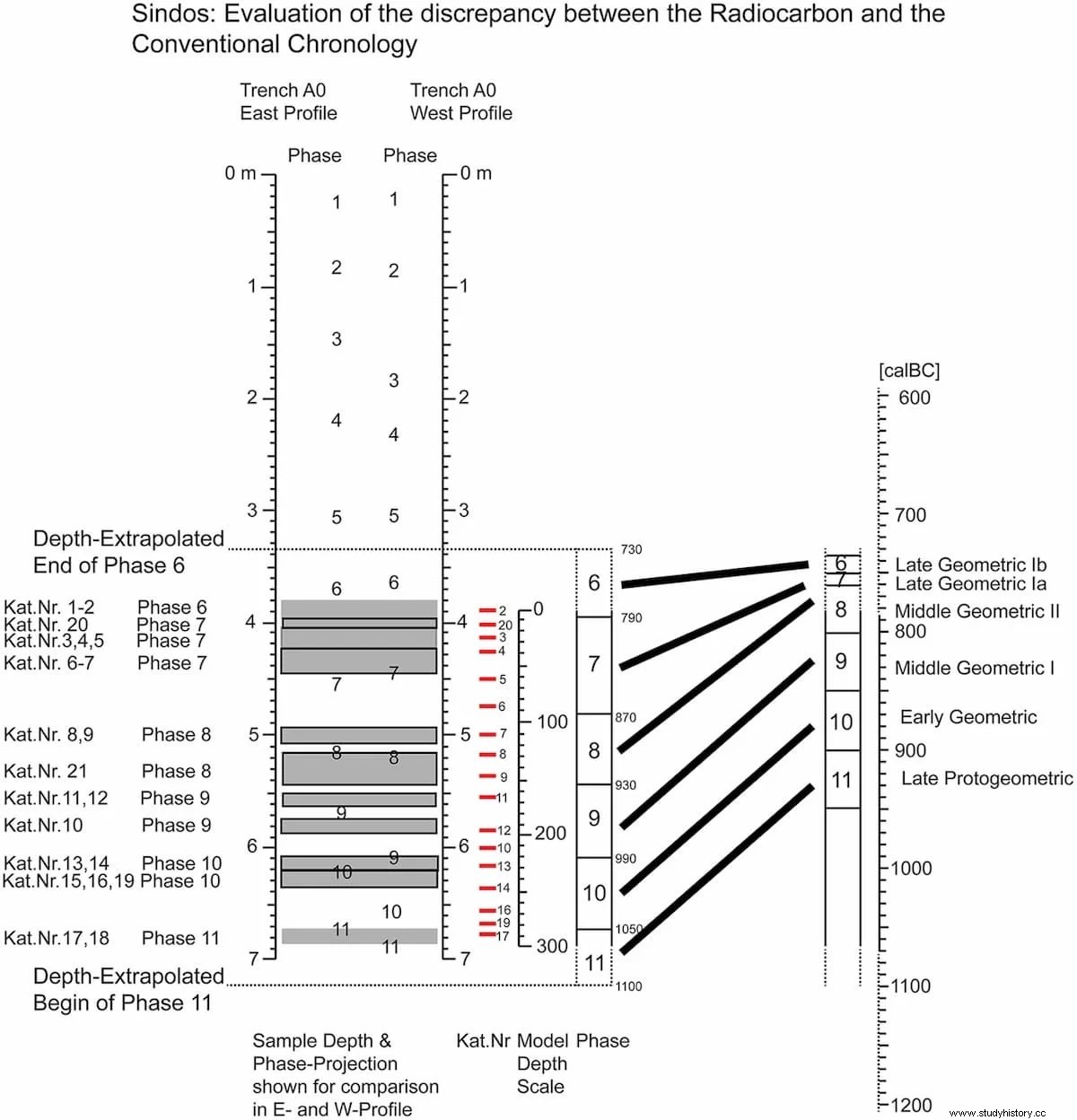The formation of the Greek city-states, the invention of the Greek alphabet, colonization, and the era of Homer could all be dated 50 to 150 years earlier. This is what a finding by archaeologists from the Austrian Academy of Sciences suggests.
Already in ancient times Homer was seen as a model. The epics of him, The Iliad and The Odyssey they are still current even after 2700 years – or is it 2800 years? The precise date of the epic poems by him is so far as controversial as the question of whether the poet actually existed.
However the first question can now be answered. The reason, unmatched accuracy in chronology, based on new C14 dates, calls into question the previously accepted Greek periodization system.

An international research project under the direction of Stefanos Gimatzidis of the Austrian Archaeological Institute of the Austrian Academy of Sciences (ÖAW) has come to this conclusion. The results require a radical revision of Greek chronology:according to these results, important historical events, as well as the origin of numerous innovations in philosophy, literature and political organization, should be dated between 50 and 150 years earlier. The study was published in the American professional journal PLOS ONE .
In collaboration with Bernhard Weninger of the Institute for Prehistory and Ancient History at the University of Cologne, the Greek historical time grid has been reassessed for the first time using modern scientific methods, namely with precise radiocarbon dates. For this, sample materials from well-dated contexts of the Sindos archaeological site in the North Aegean were used.
The site is of archaeological interest for a number of reasons, including the presence of numerous pottery vessels imported from various regions of Greece, allowing a comparison and correlation of regional systems of chronology. Thanks to the extensive continuous stratigraphy, the archaeological method of determining the age of the sites, reliable statistical modeling of radiocarbon dates is now also possible.

Often the application of the C14 dating method suffered from the difficulty that the high measurement precision actually achieved by the laboratory cannot be used at all in archaeological practice , explains ÖAW archaeologist Stefanos Gimatzidis. This range of statistical fluctuation is the result - initially unavoidable - of actual fluctuations in atmospheric concentration of C14:Thus, many very precise measurements of C14 are regularly available in archaeology, all of which, however, after to correct for fluctuations in the atmospheric concentration of C14, unfortunately they only provide a long list of possible dates, typically with a variation in the range of 100 to 300 years .
The present study now benefits from a completely unusual situation, practically a double stroke of luck:on the one hand, the C14 calibration curve in the evaluation of the Sindos dates offers an unusually high chronological accuracy from the outset, which, secondly, , could be further strengthened by selectively extracting well-dated animal bone samples from an unusually long profile with early Iron Age settlement levels.
Thus, the advantages of the method in this case complement each other, to the benefit of a dating accuracy that for this period has not been achieved so far , explains the ÖAW researcher. With the help of the combination of radiocarbon and ceramic dates, chronological errors could now be significantly reduced.

The natural sciences and the humanities have often been seen as opposites. In our work they complement each other Gimatzidis is convinced. For him, one thing is certain:the new findings not only bring with them the redefinition of individual events or finds, but also suggest a new reading of ancient history.
The spread of the alphabet or the symposium in Greece and Italy can now be conceived of as a longer process beginning in the 9th century BC. At the same time, one could also date the conception of the Homeric epics, to which some verses on a drinking vessel of Pithecoussai in Ischia point, as well as the beginning of the Greek colonization, which at the same time, together with the Phoenician expansion increased the globalization of the Mediterranean , says the archaeologist.
